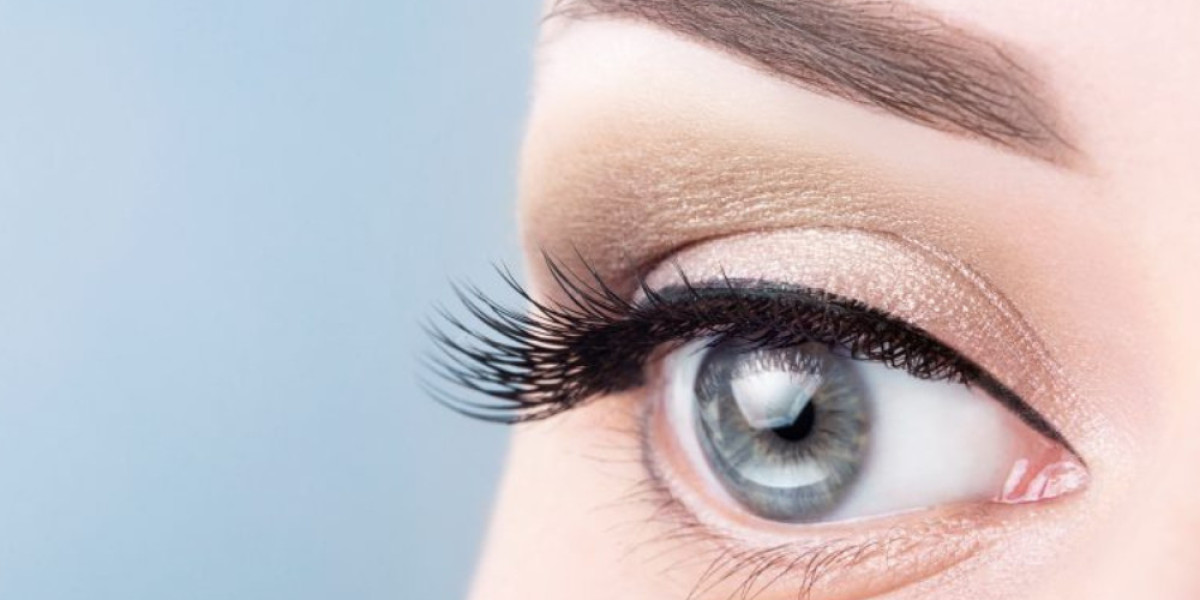Tinting is a process of applying a thin film or layer to a surface—most commonly glass or windows—to change its color, reduce light transmission, and enhance its properties. Whether it’s for aesthetic appeal, privacy, safety, or energy efficiency, Tinting is a popular solution across a wide range of applications, including automotive, residential, commercial, and cosmetic sectors.
Types of Tinting
1. Window Tinting
Window tinting is the most common form of tinting and is used for cars, homes, and commercial buildings.
a. Automotive Window Tinting
Enhances privacy
Reduces glare from the sun
Protects the interior from UV damage
Improves overall appearance
Helps regulate interior temperature
b. Residential Window Tinting
Offers privacy without compromising natural light
Reduces energy costs by improving insulation
Protects furniture from sun damage
Improves home aesthetics
c. Commercial Window Tinting
Enhances the appearance of office buildings
Reduces cooling costs
Increases privacy and security
Blocks harmful UV rays
2. Eyebrow and Eyelash Tinting
This cosmetic tinting involves applying semi-permanent dye to eyebrows and eyelashes for a fuller, darker look.
Benefits:
Eliminates the need for daily makeup
Ideal for individuals with light-colored lashes or brows
Saves time in a beauty routine
Long-lasting results (typically 3–6 weeks)
Safety Note:
Always ensure the tint used is safe and the procedure is done by a trained professional to avoid eye irritation or allergic reactions.
3. Decorative Tinting
Used for aesthetic purposes, often in homes or offices, this type includes frosted or patterned window films.
Common Uses:
Conference rooms
Bathroom windows
Glass doors
Retail displays
4. Safety and Security Tinting
Special films designed to hold glass together when shattered, reducing the risk of injury and preventing break-ins.
Benefits:
Adds an extra layer of security
Protects against natural disasters and vandalism
Often used in banks, government buildings, and high-risk zones
Benefits of Tinting
1. UV Protection
Tinted films block up to 99% of harmful UV rays, which can cause skin cancer and fade furnishings.
2. Energy Efficiency
Tinting reduces heat gain, cutting down on air conditioning costs in homes and vehicles.
3. Glare Reduction
Minimizes glare on screens and reflective surfaces, enhancing comfort and visibility.
4. Enhanced Aesthetics
Tinting gives a modern, sleek look to vehicles, buildings, and even personal appearance when used cosmetically.
5. Privacy and Security
Whether in a car, home, or office, tinting provides privacy from prying eyes and enhances security.
Popular Tinting Materials
Dyed Film: Basic tint made by placing a layer of dye between adhesive and protective layers; inexpensive but may fade over time.
Metalized Film: Contains metallic particles for superior heat rejection and strength.
Carbon Film: Provides high performance with a matte finish and no fading.
Ceramic Film: Premium option offering maximum UV and heat rejection with excellent visibility and durability.
Tinting Laws and Regulations
Before applying tinting, it's crucial to understand local regulations. Different countries and regions have specific laws concerning:
Permissible tint darkness (Visible Light Transmission or VLT%)
Reflectivity levels
Windshield tinting limitations
Failing to comply can result in fines and mandatory removal of the tint.
Tinting Application Process
Step-by-Step Guide:
Surface Preparation: Clean the surface thoroughly to remove dust, dirt, and oils.
Film Cutting: Tint film is measured and cut to fit the specific glass dimensions.
Application Solution: A soap-based solution is sprayed to allow film positioning.
Film Placement: Film is applied and adjusted using a squeegee to remove bubbles and excess solution.
Curing: The film is left to cure, typically taking a few days depending on weather conditions.
Tinting Maintenance Tips
Avoid rolling down windows (in cars) for at least 2–3 days after installation.
Clean tinted surfaces with a soft cloth and ammonia-free cleaner.
Regularly inspect the tint for bubbles, peeling, or fading.
Avoid sharp objects that can scratch or damage the film.
Common Myths About Tinting
Tinting Will Make Windows Too Dark: Modern films can provide UV protection and privacy without sacrificing natural light.
All Tints Turn Purple Over Time: High-quality tints (like carbon or ceramic) retain their color.
Tinting Is Only for Cars: Tinting is widely used in homes, offices, and cosmetics.
It’s Illegal Everywhere: Tinting is legal with proper adherence to regional laws.
Choosing a Professional Tinting Service
When selecting a tinting service, consider:
Experience and reputation
Quality of materials used
Warranty and after-sales service
Compliance with local laws
Customer reviews and testimonials
A reputable provider will guide you through options, ensure correct installation, and offer support.
Conclusion
Tinting is a versatile and practical solution that goes beyond mere aesthetics. From improving energy efficiency and providing privacy to enhancing your vehicle or personal appearance, the benefits of tinting are extensive. Whether you're looking to protect your home, upgrade your car, or simplify your beauty routine, there’s a tinting solution tailored to your needs. However, professional guidance and adherence to legal standards are key to enjoying long-lasting and effective results.







